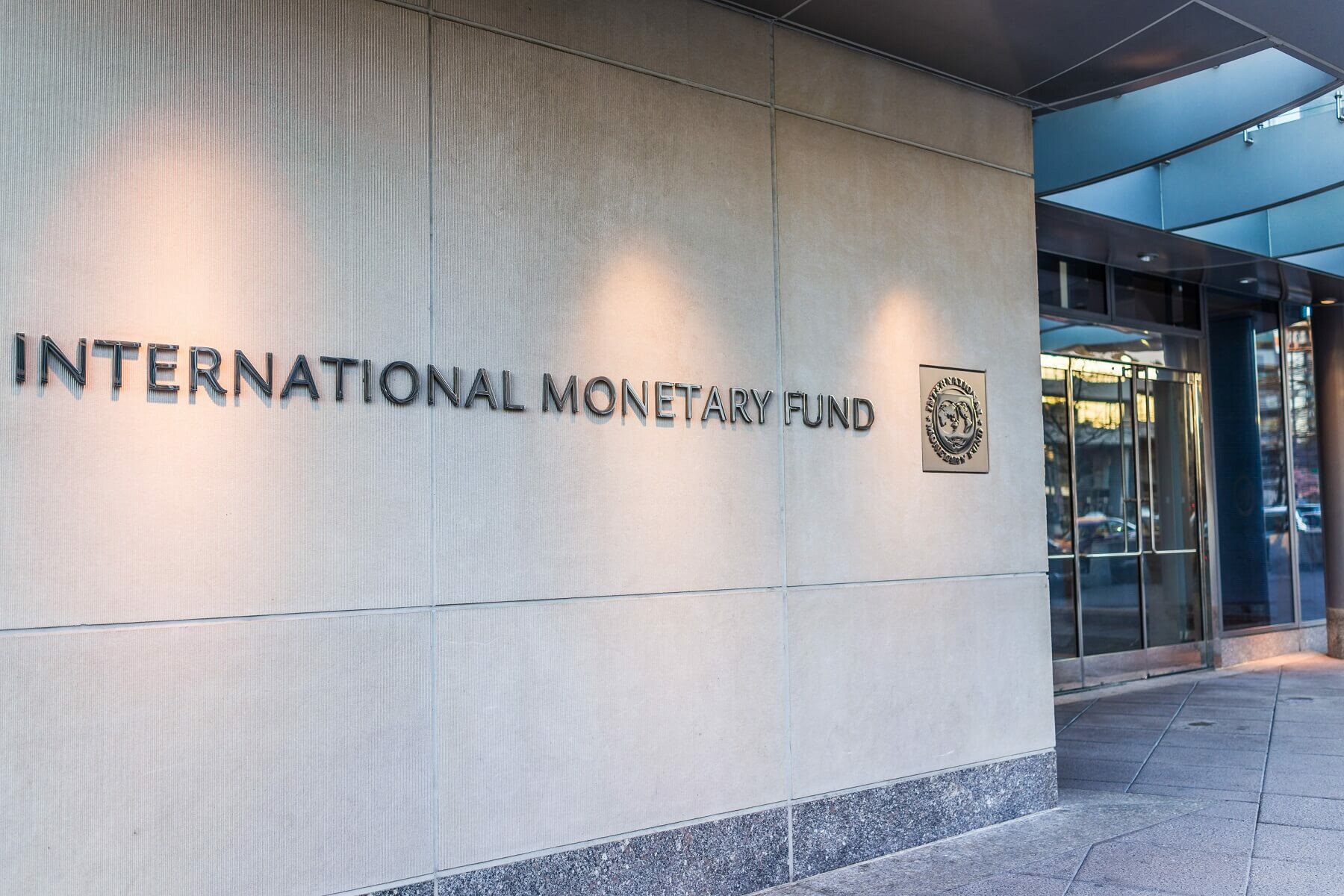IMF Proposes Crypto Risk Assessment Matrix for Macrofinancial Impact on Countries

The International Monetary Fund (IMF) published a working paper that highlights risk management strategies and policy changes for regulators.
The paper titled, “Assessing Macrofinancial Risks from Crypto Assets” released on Sept 29 proposes a crypto-risk assessment matrix (C-RAM) for risk-prone nations to identify, prevent, and mitigate the effects on investors.
According to the paper, a framework for accessing the macro-financial impact of crypto on society would include factors not utilized in traditional finance leading to a slight shift in strategy.
All players in the crypto market including issuers, miners/validators, exchanges, wallet providers, payment providers, and users are prone to market, credit, legal, liquidity, and concentration risks.
Digital assets are prone to high market volatility leading to loss of assets causing several financial regulators to require disclosures and tighten controls on multiple market makers in a bid to protect investors.
IMF rolls out a three-step approach
The C-RAM introduces a three-step approach to incorporate macro-financial risk in each country’s decision.
The first step is to utilize a decision tree to determine the crypto space’s importance to the economy while the second step involves embedding traditional tools that affect macroeconomic factors. Finally, the third step involves global risks to the country’s policies.
Authorities should first determine the use of digital assets in the country for payment, settlements, or other uses. Key examples are El Salvador and the Central African Republic.
Crypto being utilized as a legal tender opens up new channels of risks as it can undermine wider monetary policies based on its nature while adoption surges.
After this, authorities would single out risks involved based on the country’s decision to adopt virtual assets as legal tender or for private use.
“The use of crypto assets in El Salvador could also be assessed as macro critical as recent regulatory and legal changes entail the risk of substantial cryptoization in the country, undermining financial stability and affecting large remittances and other capital inflows.”
Finally, the global risks on digital assets range from climate concerns, inflation, impacts on emerging markets, etc. Whilst there is a lack of comprehensive data based on the industry’s young status, the body advises cross-border cooperation.
FTX and Terra collapses tightening regulatory frameworks
According to experts at the IMF, the failures of regulators to move ahead of the sector leading to the crash of the Terra Network and subsequently FTX in November 2022 have now sparked widespread fears in the market.
The ripple effect has also been felt in the way regulators now scramble policies often criticized as bottlenecks and stifling growth in the market.
Wiping off billions from the market, the fall of both companies has reshaped cryptocurrency regulations globally, specifically how the industry deals with stablecoins and exchanges.



